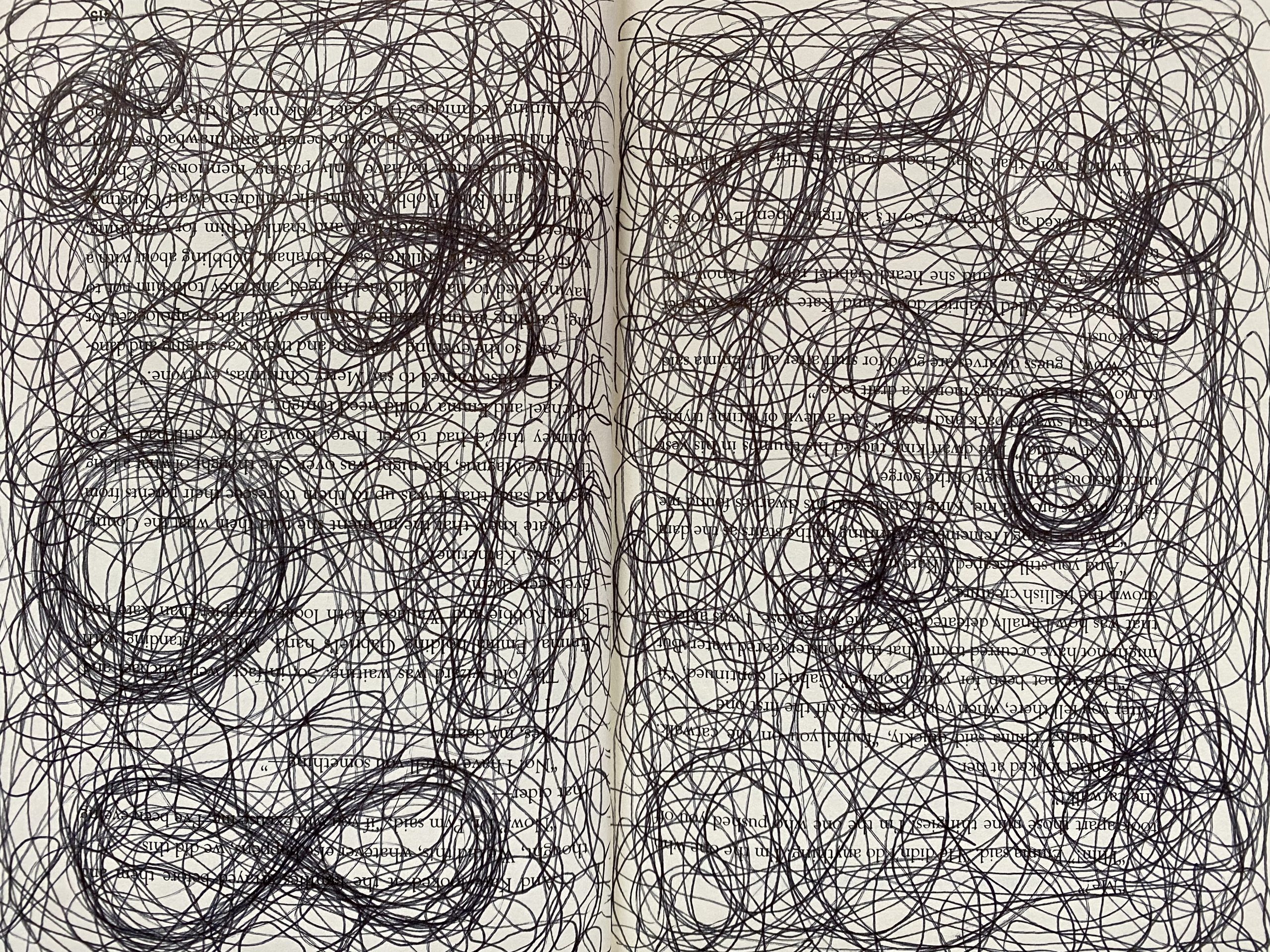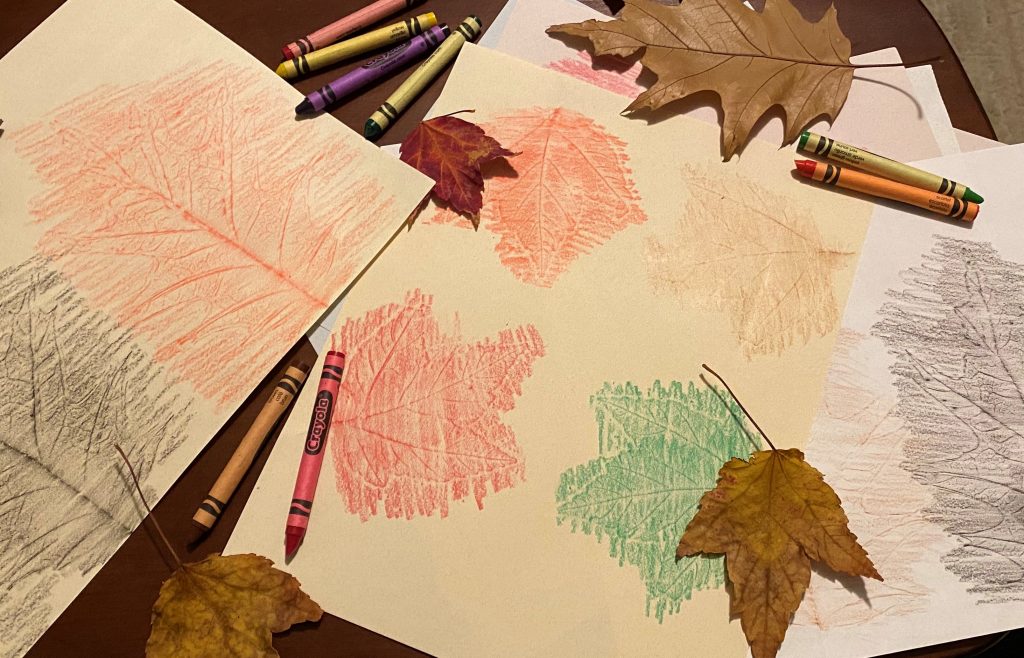Artmaking and Stress Relief

As I have grown older, I have come to value artmaking as not only something fun, but as something that can help me relax or refocus my attention before returning to work. Unfortunately, this kind of stress-relieving activity can easily be dropped when one’s to-do list becomes overwhelming. I found myself falling into this very trap when the fall semester began. I couldn’t help but wonder why. If artmaking can help me reduce stress why haven’t I done it?
After some self-reflection, I found some major culprits. First is simply time. I found that when making my to-do lists for the day, I was only writing down things that I needed to be doing, such as homework or household chores. There was no time reserved for relaxation or stress-relief. Even if I had time, however, I found that I was often favoring activities which required the least amount of effort after working for a number of hours. How could artmaking become not only a habit but an integral part of my day? The final hurdle has been my general perception of what artmaking has to mean. I needed to remind myself that it wasn’t necessary to create a masterpiece with every project. Also, artmaking doesn’t have to mean drawing or painting. It can also mean crafting, making music, or even decorating pastries.
So, what are the possible benefits of artmaking on your mental health and how can museums help us out?

According to Malaka Gharib, a journalist for NPR, she did some self-reflection of her own and found that in between daily tasks she was always doodling. In order to find out why she enjoyed doodling so much and what effects it had upon her brain, Gharib spoke with Girija Kaimal, a professor and researcher in art therapy at Drexel University. Highlights from their conversation are discussed in Gharib’s article, “Feeling Artsy? Here’s How Making Art Helps Your Brain.” According to Gharib, Kaimal and a team of researchers conducted an experiment where they measured the blood flow to the brain of a variety of participants. They found that when making art there was an increased amount of blood flow to the reward center of the brain. This suggests that artmaking can stimulate the reward center of the brain despite one’s concerns regarding what to make, how to make it, or how it will look in the end.
In another experiment, Kaimal and a group of researches looked into the effects of artmaking on stress. In this case, the researches asked a group of healthy adult participants to create art for 45 minutes in a studio with an art therapist. During this time, the cortisol levels – which, according to Gharib, “is a hormone that helps the body respond to stress” – of the participants were measured. The results showed that 45 minutes of artmaking in this setting significantly lowered cortisol levels. Additionally, they found “no differences in health outcomes between people who identify as experienced artists and people who don’t.”
While understanding the benefits of artmaking on one’s mental health may be intriguing, there is still the concern of where to begin. During my undergraduate years I can remember making art all the time. However, I was also taking studio classes where I was given specific projects to complete. Without the list of class projects, I have found myself struggling to decide on what to make and how to go about making it once I have finally decided to get creative. That is where museums can offer some help.

Since the pandemic, a number of museums have increased their presence online. In some cases, museums have created online versions of activities they would normally offer within their institutions. For example, the Museum of Fine Arts, Boston has started creating instructional videos for their page “Junior Artists at Home.” These videos are about 10 minutes long and offer step-by-step instructions on how to complete their projects. While these videos are designed for individuals between the ages of 5-8 years old, that does not mean others cannot give it a try or use the videos as inspiration for another project. For those who are looking for a more challenging project, the museum also has a “Studio Art Classes: Tutorials at Home” page where individuals can watch artmaking video tutorials which utilize a variety of materials.
The Institute of Contemporary Art has also developed its own page, “ICA at Home,” where they provide a number of links to virtual events. Also included on the page is a list of instructional artmaking videos for at home. Sponsored by the Bank of America, the ICA’s Art Lab has been a space where visitors have the opportunity to make art that relates to contemporary art. During their closure, the ICA committed to generating a new activity for each week. These projects are still accessible on their website.
Artmaking doesn’t have to mean making masterpieces. It doesn’t even have to mean drawing, sculpting, or painting. Artmaking simply means finding a creative outlet that is enjoyable and stress-free. Sometimes it can be hard to know where to begin, especially when to-do lists get longer, and projects come due. Cultural institutions like the MFA or the ICA can offer some help, creating projects for us to try. Hopefully this week we can all find some time to get a little creative, have some fun, and make some art.